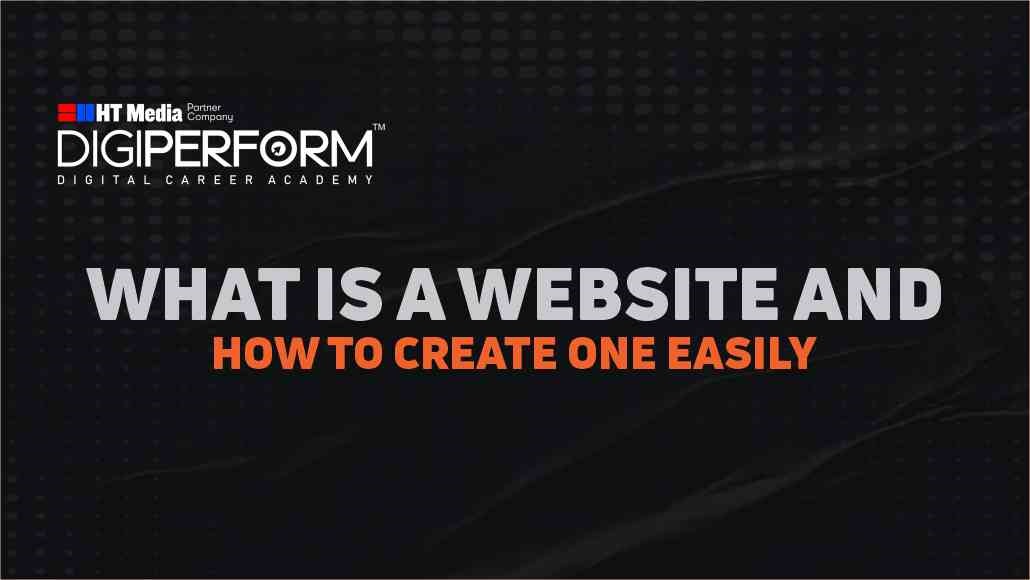Whether you are working on optimizing your WordPress site’s performance or any other CMS, website optimization is not an easy task.
On top of that, if you browse the website for help, there are plenty of WordPress performance optimization myths written that will confuse you.
Some significant myths are that you require expensive hosting for increased speed, WordPress is not scalable, a caching plugin is enough for your website, and so forth.
In this article, we will be dispelling some of the most common WordPress performance optimization myths. If you haven’t already, you should bury them right away to optimize your WordPress site to its potential best.
1. You require expensive hosting for increased speed
It is true that hosting can affect site speed. Most of the hosting providers focus on boosting performance and helping speed up WordPress. There are several types of hosting, such as shared hosting, VPS hosting, dedicated server hosting, cloud hosting, and more.
This doesn’t mean you need to splurge a heavy amount for that.
Small businesses often opt for the shared host as it is an affordable option. However, when you share a host, the performance of other websites on that network will be slow even when you have a high-performing site.
A free web hosting service is not recommended if you own a business site due to its downtime and slow speed problems. It is imperative to invest in a good host. However, understand that affordable hosting is not always bad and expensive hosting is not always good.
2. WordPress is not scalable
Many people worry that WordPress site performance will slow down when traffic spikes or it might crash. People probably have this fear because initially, WordPress was a blogging platform that developed into a CMS.
However, this myth should be debunked. Even big corporations are using WordPress. In case your WordPress site goes down when traffic increases, the issue lies with your host and not WordPress.
Just make sure that you have sufficient server resources. WordPress can support your site even if you have high traffic.
3. You should always upload high-quality resolutions
The layout and graphics that you add to your site significantly impact how your site looks. And it will, in turn, affect your bounce rate.
However, uploading the highest-quality resolution images is not a great idea. When you upload a bigger resolution file, the file size is going to be big, extra work for your server to deliver the image. It will render your site slow.
What you can do is use tools to compress your images without losing their quality.
Pro Tip: You can use tools like Markup Hero to quickly snap screenshots and add annotations like arrows, highlights, callouts, boxes, and more. These types of images are quick to make and can really help explain things that a photo alone can’t do. \
You can even annotate PDFs and Google Docs and generate share links, making the tool as useful for internal communication as it is for customer-focused messaging.
4. You should implement CDN
Yes, CDN is crucial for websites with an international audience. CDN is a highly distributed platform of servers that will speed up web page content loading time.
It decreases the distance between the server and the user. The users worldwide can thus see the same high-quality content without facing speed issues.
CDN is very beneficial for companies and websites with an international audience. However, if you have a smaller reach, it will be an unnecessary expenditure.
5. Caching plugin is enough for your website
A caching plugin can speed up your website if you correctly configure it. It can quickly fix your site if it is underperforming. However, remember that caching a plugin is the last step in boosting site speed.
You can optimize WordPress sites on different layers. Caching plugins will not fix issues like poor code though they can decrease the effects. Focusing on other aspects to solve other site issues will boost your site’s speed and performance.
6. Plugins can slow down a website
WordPress has thousands of plugins that can be downloaded and installed on any WordPress website.
The great thing about WordPress plugins is they can make your website function in ways you never thought it could. The problem with WordPress plugins is that they can slow down your website to a crawl and cause it to run out of memory. It’s essential to know how well your plugins are performing and what you can do to optimize the performance of your website. Sometimes, such feedback comes because of SEO myths if you only read blogs and don’t dig into the particular scenario.
However, it’s a big fat myth that plugins slow down your site. The truth is – only outdated plugins, plugins that are written poorly or in conflict with the settings – usually slow down your site.
To avoid this, make sure to install updated plugins, uninstall plugins that you do not need, and keep reviewing your plugin status timely.
If you take some precautions, there’s no reason you can’t use plugins to boost and streamline the look and functionality of your WordPress site.
7. Updates can break your WordPress website
While updating your site, sometimes you may face compatibility issues, and it will even end up breaking your site. However, it should not deter you from updating your site.
Keeping your website updated will not only boost your site’s performance but strengthen security.
While updating, remember to keep backups. You can retrieve your data from your backup in case anything happens, such as a security breach or your site breaks.
You should also keep your FTP Logins, cPanel, and Hosting handy. It will help you in restoring your backups in case the need arises.
8. Your server location is not important
It is a good idea to select a server location nearest to your target demographic. Besides, you should inquire your host about your actual server location’s traffic and capacity.
Many times website owners face downtime or get the message that the site has exceeded traffic capacity. When you use shared servers, your next-door site might be utilizing all the resources that are shared.
Speak to your host and find the best answer for the problem.
9. All WordPress themes are optimized for speed
WordPress has a plethora of themes. However, you should consider speed when you are picking one. Themes that don’t have good coding will affect loading speed.
While it is important to select a theme that is visually appealing, you should also check whether it is optimized for speed. You will have to test until you find a theme that is both visually appealing as well as speed optimized.
If you have chosen a multipurpose theme that comes with a lot of features, ensure to activate only the features that you’ll utilize.
Consider using WordPress performance optimization services to speed up your site.
At the same time, use a theme that enables extensive customization options. You should also be able to add as many images as you want and wherever you want.
If you’re running an e-commerce site or a marketing blog, you might need to add multiple images and screenshots for demonstration purposes. So, it’s essential to have a customizable theme.
10. WordPress is not cut out for e-commerce
WordPress not being suitable for e-commerce sites is far from the truth. Yes, there was a time when you could not imagine using WordPress for e-commerce purposes. However, WordPress has developed so many e-commerce plugins and pre-designed themes now that help you set up an e-commerce store with ease.
Setting up a fully functional e-commerce site on WordPress is easy if you use plugins like Woocommerce and WP e-commerce.
Moreover, you can easily set up and use WordPress for your e-commerce purposes.
Wrap-up
WordPress, being the most popular CMS today, has many users worldwide. However, there are so many myths around the CMS that many web owners believe to be true.
Myths such as you need expensive hosting for increased speed, WordPress is not scalable, you should upload only high-quality resolution, and more should be done away with right away.
Author Bio:
Lucy is a creative content writer and strategist at Marketing Digest. She specializes in writing about digital marketing, technology, entrepreneurship, and education. When she is not writing or editing, she spends time reading books, cooking and traveling.






